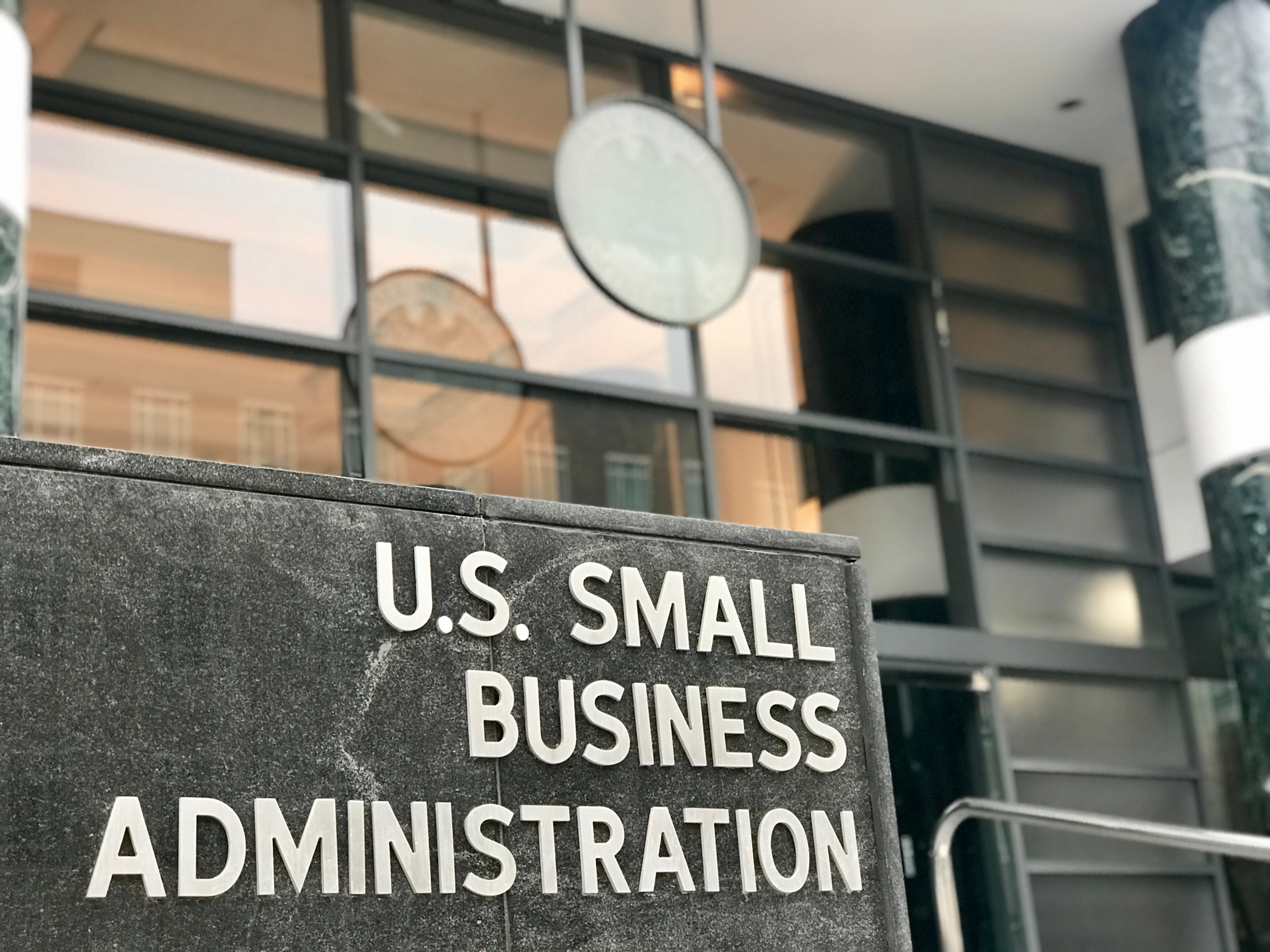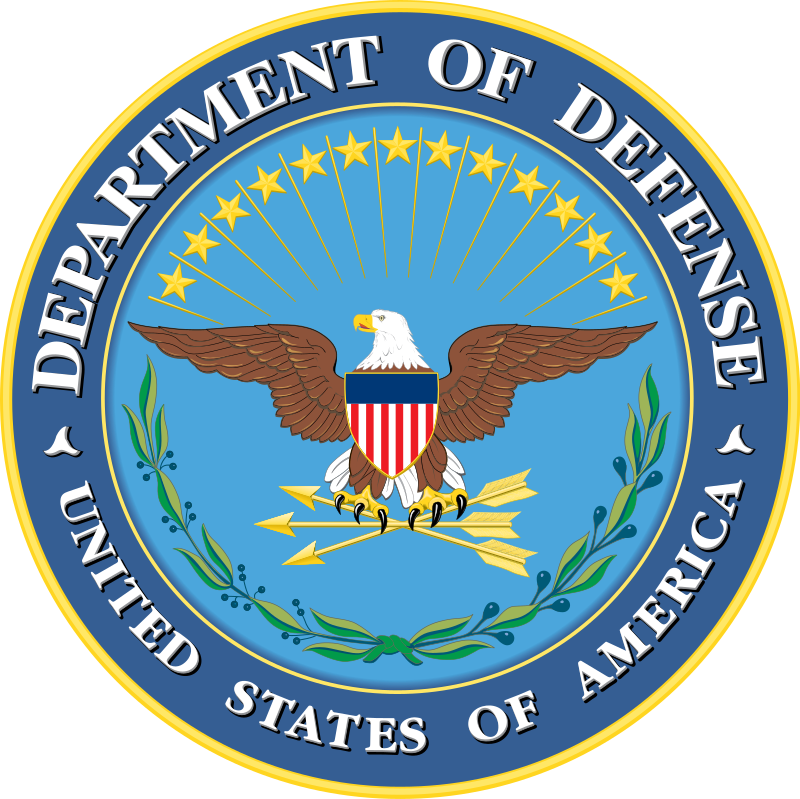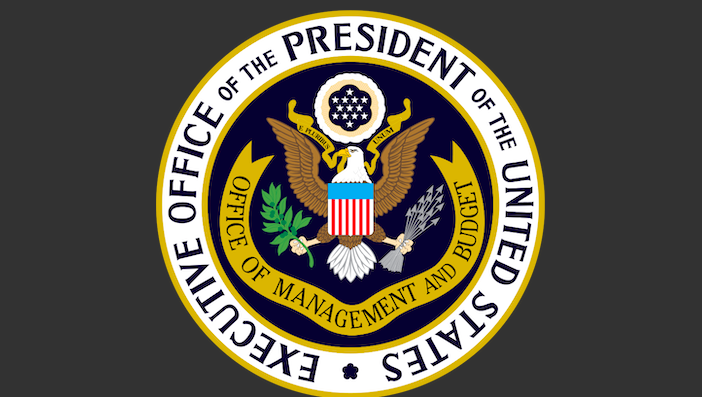By Robert Nichols and Andy Liu
March 20, 2020
As part of the government’s response to the ongoing COVID-19 crisis, President Trump has signed an Executive Order invoking the Defense Production Act of 1950, as amended (“DPA”). Specifically, he invoked a provision of the DPA that gives the Federal government the power to prioritize government contracts for “personal protective equipment,” ventilators, and other medical products over commercial or other contracts for such products. Other DPA provisions—e.g., financial incentives to develop and expand production and capacity—may soon be invoked. Nichols Liu is already hearing from clients who are being contacted by the Administration for orders under this authority. We provide this initial guidance for industry.
Overview of the Defense Production Act of 1950
The DPA, 50 U.S.C. § 4501 et seq., dates to the Korean War and is reauthorized regularly. It authorizes the President to take extraordinary measures with contractors that can provide goods and services needed for the “national defense,” which is broadly defined to include, inter alia, emergency preparedness. 50 U.S.C. §4552(14). The DPA ties in with Title VI of the Stafford Act, which defines “emergency preparedness” to include “all those activities and measures designed or undertaken to prepare for or minimize the effects of a hazard upon the civilian population, to deal with the immediate emergency conditions which would be created by the hazard, and to effectuate emergency repairs to, or the emergency restoration of, vital utilities and facilities destroyed or damaged by the hazard.” 42 U.S.C. §5195(a)(3).
The DPA’s current authorities include:
- Priorities and Allocations. Authorizes the President to require businesses to prioritize and accept contracts for materials and services necessary to promote the national defense, and to control the general distribution of materials, services and facilities.
- Expansion of Productive Capacity and Supply. Authorizes the President to provide incentives for the domestic industrial base to expand production and supply of critical materials and goods. Such incentives can include loans, loan guarantees, direct purchase and purchase commitments, and the ability to procure and install equipment in private facilities.
- General Provisions. Provides general provisions relating to the use of DPA authorities and provides additional authorities to the President including the authority to give special preference to small businesses when issuing contracts under DPA authorities.
The DPA previously included additional authorities relating to requisitioning, rationing, wage and price fixing, labor disputes and credit controls and regulation, but those elements of the statute have lapsed.
The March 18, 2020, Executive Order
The President’s March 18, 2020, Executive Order invoked only Title I (Priorities and Allocations) of the DPA. The Executive Order stated that:
To ensure that our healthcare system is able to surge capacity and capability to respond to the spread of COVID-19, it is critical that all health and medical resources needed to respond to the spread of COVID-19 are properly distributed to the Nation’s healthcare system and others that need them most at this time.
Accordingly, I find that health and medical resources needed to respond to the spread of COVID-19, including personal protective equipment and ventilators, meet the criteria specified in section 101(b) of the Act (50 U.S.C. 4511(b)).
March 18, 2020, Executive Order.
Guidance for Contractors
- Pursuant to the priority performance authority of Title I, contractors are required to accept prioritized contracts and orders, also called “rated orders,” with some exceptions that have been established through regulations.
If a rated order is placed with a business, it must generally accept that order so long as it can satisfy the delivery terms, and must provide priority treatment to fulfill that order. It should also place rated orders with subcontractors and suppliers to ensure that it can fulfill the terms of the rated order.
Exceptions to the requirement that a business accept a rated offer are limited and a careful analysis of the DPA and relevant regulations should be undertaken prior to rejecting one.
- Contractors must place rated orders with its subcontractors and suppliers.
Contractors must use rated orders with its own subcontractors and suppliers in order to obtain the items needed to fill its rated order. The priority rating included it the rated order must be included in each successive order placed to obtain the items needed. Subcontractors, in turn, must use rated orders for its own suppliers.
- Contractors have liability protection when fulfilling rated orders.
Section 707 of the DPA, 50 U.S.C. § 4557, provides liability protection against breach of contract claims for failure to perform non-priority work as a result of having to fulfill rated orders. Section 707 provides that “No person shall be held liable for damages or penalties for any act or failure to act resulting directly or indirectly from compliance with a rule, regulation, or order issued pursuant to [the DPA], notwithstanding that any such rule, regulation, or order shall thereafter be declared by judicial or other competent authority to be invalid.”
- There are penalties for not complying with a rated order.
Willful failure to perform any act required by the DPA, or willful performance of an act prohibited by the DPA, is a crime subject to a fine of not more than $10,000 and/or imprisonment for not more than one year.
- Focusing on recovering costs and reasonable profits is essential.
Just because the government requires a company to be its supplier does not necessarily mean that the company needs to lose money or forego profits. Handled properly, accepting a DPA order can be remunerative and the beginning of a longer-term supply relationship. Getting started on the right foot by properly capturing costs and charging a fair and reasonable profit is key.
Rebuilding the Epidemic Industrial Base
The President is missing an opportunity by not immediately invoking the DPA authorities to expand the industrial base for the production of supplies necessary to fight COVID-19 and future pandemics. The Federal government (as well as state and local governments and everybody else fighting COVID-19) desperately needs ventilators, surgical gowns, and masks, and should have a stockpile going forward for future pandemics. While it is Federal policy to let the private sector fill these needs as market forces dictate, the global economy has pushed manufacturing to less expensive jurisdictions (e.g., China, India). Any national stockpile of medical supplies and protective equipment for uses in emergencies is now facing a shortfall, and our industrial surge capacity to ramp up the production of key pandemic supplies is far too limited.
The Administration should seize this opportunity to promote a U.S. industrial base to produce the supplies and expertise we need for emergencies like COVID -19. This issue is less about nationality of suppliers, and more about ensuring supply to meet our demands. Having more overall supply from U.S. manufacturers is critical.
The DPA can be used for more than directing companies to produce goods for U.S. government customers. It also authorizes the Administration to issue loans and loan guarantees to finance increases in private sector production capabilities. These tools and incentives should be used now to achieve greater preparedness in the near future. This can be done by assembling an experienced team of government and private experts in the areas of virus-related supplies to identify the needs, current resources, and expanded capabilities.
In the meantime, agencies should use President Trump’s DPA order this week to immediately ramp up discussions with individual suppliers, to issue prioritized contracts, and to start meeting the need for supplies of key equipment.
Using the DPA authority will not eliminate the problem entirely, but invoking and applying its full authorities now will be a big step forward in combatting the impacts of the current pandemic in the United States, as well as future pandemics.







